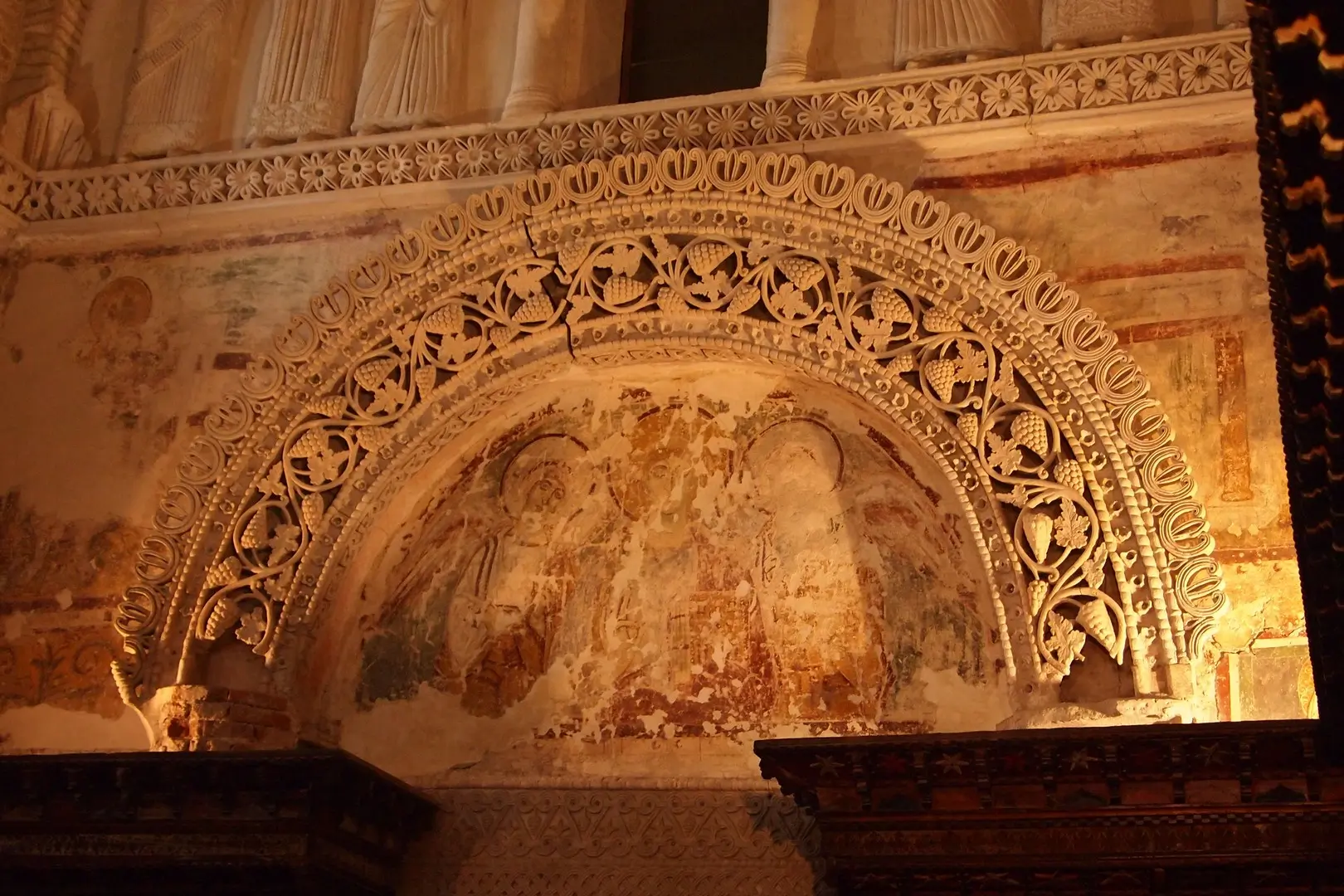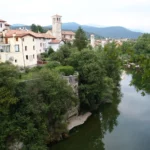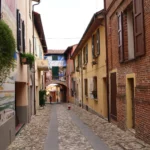Last Updated on 06/05/2023
The small town of Cividale del Friuli is located east of the relatively large city of Udine, almost at the very border with Slovenia. Our favorite size – the effortless half-day hike. Time in the Cividale old town stopped somewhere in the Middle Ages, and once it was large and significant, the capital of the duchy, a fortified city founded by Julius Caesar himself (Forum Julius = Friuli) on the site of a Celtic settlement.
Cividale. 2. Palio, Duomo place and Bridge
Friuli Venezia Giulia region. What to see
Udine
Bibione. 2. Accomodation, shops, entertainment
Bibione resort. Part 1. Orientation
I can imagine what it is like on an ordinary hot summer afternoon: heated stones, the silence of the streets and not a single soul around, except for the rare tourists, inertly shifting their legs, staring at a map or camera.
But this was not our case. Because in a hurry, searching the data for the trip, accidentally I noticed the mention of a palio. And it happened just on the weekend of our arrival – so the family was confronted with the fact that one excursion had already been scheduled.
How to get to Cividale
You can get to Cividale by train from Udine, by bus from Gorizia.
By car – along a beautiful, completely new and deserted bypass road (south exit to Udine from the Autobahn, then along the expressway until the turn to Cividale). We parked near the station on a large square.
Palio
Palio is a festive competition held in various Italian cities. Different parts of the city compete with each other: it can be horse races, shooting, boat races … The oldest palio in the world takes place in Ferrara at the end of May, the most famous in Siena in July and August.
Palio in Cividale is clearly a local entertainment, minimally touristy. People meet on the streets, communicate, there are practically no foreigners. Competitors are known to the crowd, they are greeted in different ways – they are heroes here. They compete in archery and crossbow shooting, and a medieval festival takes place throughout the city. All this lasts three days, and the most interesting (fire show, for example) happens in the evening – starting at six o’clock. Unfortunately, we had to leave with the children before eight, especially since the road back to Bibione took almost an hour.
The city is surrounded by a fortress wall with a gate. At each gate there is a camp of one of the teams – borgo (“suburb, area of the city”). At the entrance, they are asked to symbolically donate in gratitude to the city for the holiday, and in return they give a map of the city and the schedule of the party.
Cividale old town
We entered through this gate.

A shooting ranges is located at different gates. In one place there was an equestrian camp (performance after half past eight). Games in the medieval style took place along the streets (they threw sandbags, wooden rings, children could fight with wooden swords). The storyteller told the children fairy tales, sang songs – very cheerfully and joyfull, in comparison with other medieval holidays where we were.
But first we went through the city. Despite the festival, there are sometimes completely deserted streets.



In the squares, performances were held and food was prepared in the medieval style (for example, pork ribs or chicken or soup in a pot of bread fried on a huge fire).




Rooftops are closing overhead

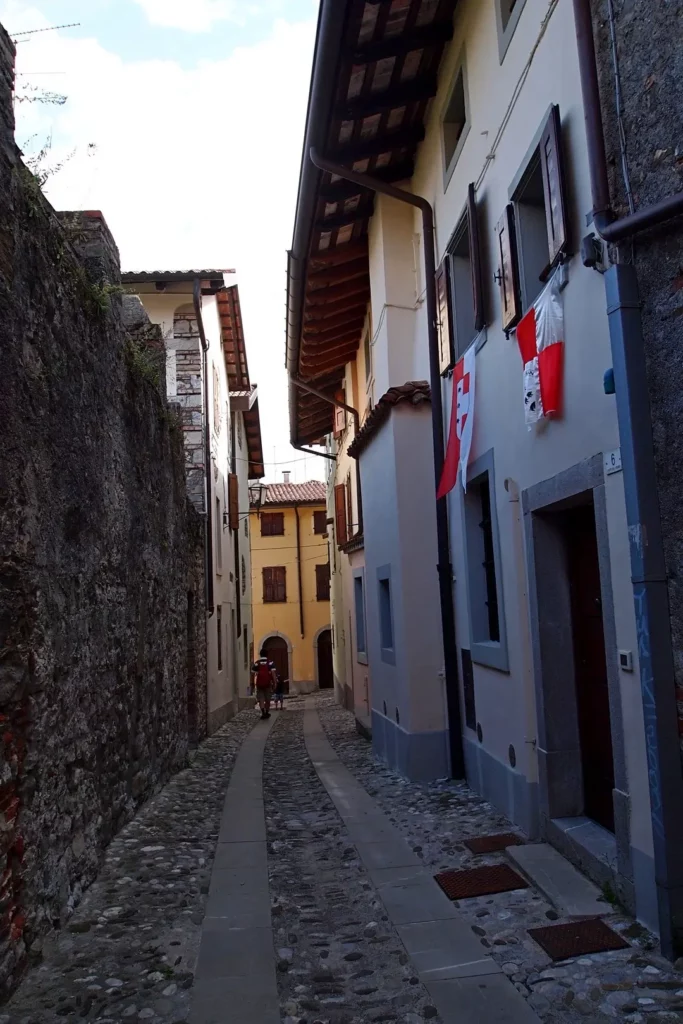



This church is located below, on the edge of the medieval city. It was built in the 15th century on the site of an older church and there are excellent frescoes from that period. However, for Italy this is a newcomer, hardly worth mentioning. Frescoes are not allowed to be photographed.

Tempietto Longobardo (Lombard Temple)
The main cultural site, one of the reasons why I wanted to get to this city at all, is the Tempietto Longobardo (included in the UNESCO list).
At the end of the existence of the Roman Empire, it was regularly invaded. And it was especially convenient to do it from the side of Cividale – the mountains are lower, the road is easier. The settled Lombards founded the Lombard Duchy in the 6th century with the capital in Cividale, and the patriarch who arrived from the devastated Aquileia strengthened the power of the city.
It was the heyday of the Civitas Austriae (“cities of the east”), and the Lombard Temple, presumably the chapel of the Lombard rulers, is the only surviving witness. Now the Lombard Temple is part of the monastery, and it was under restoration, so half of it was covered with scaffolding.


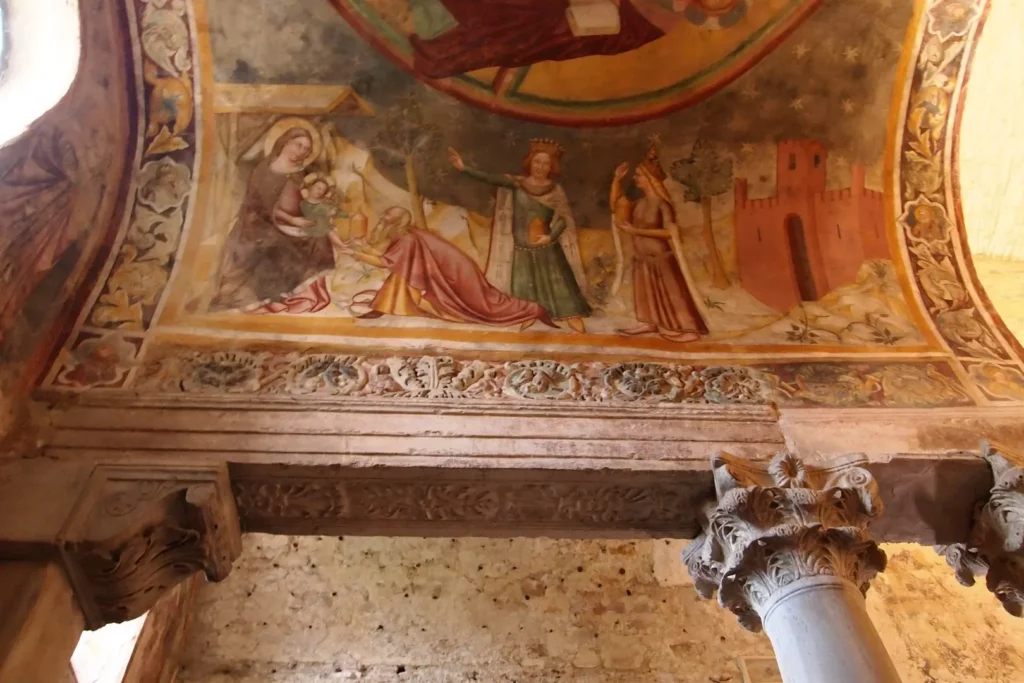


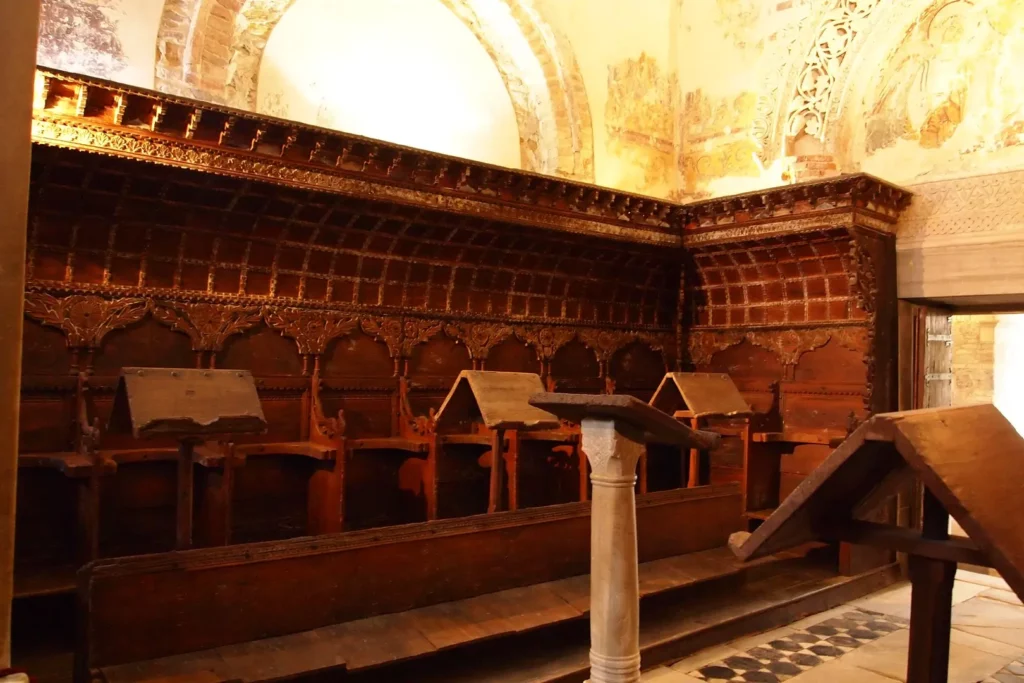

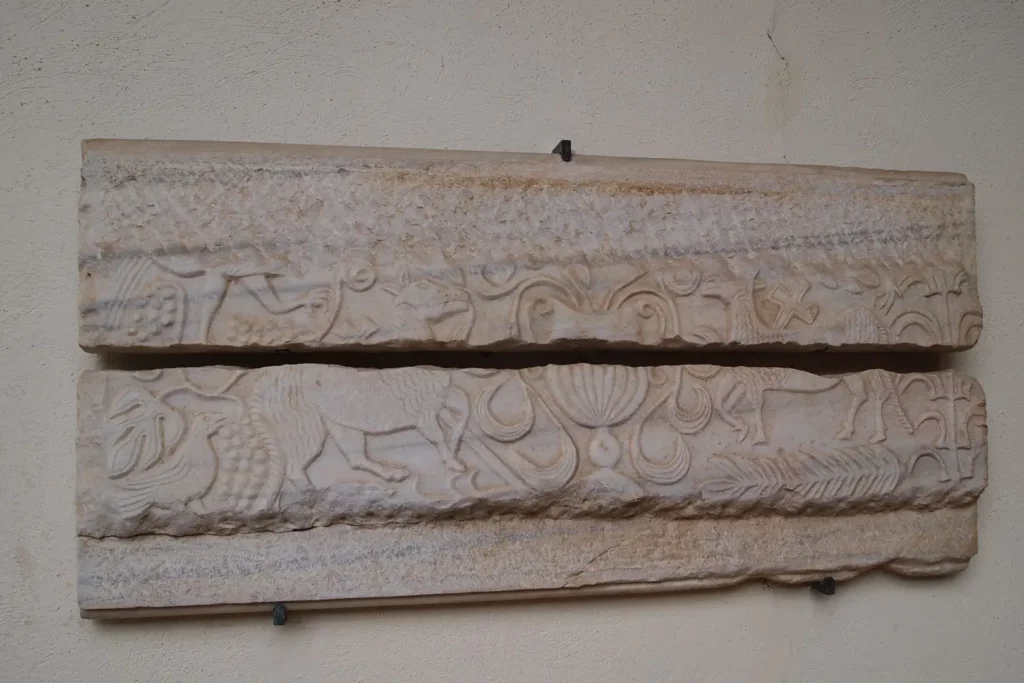
If you do not immediately go to the exit, but try to look into different doors and passages, you will find an observation deck overlooking the river.
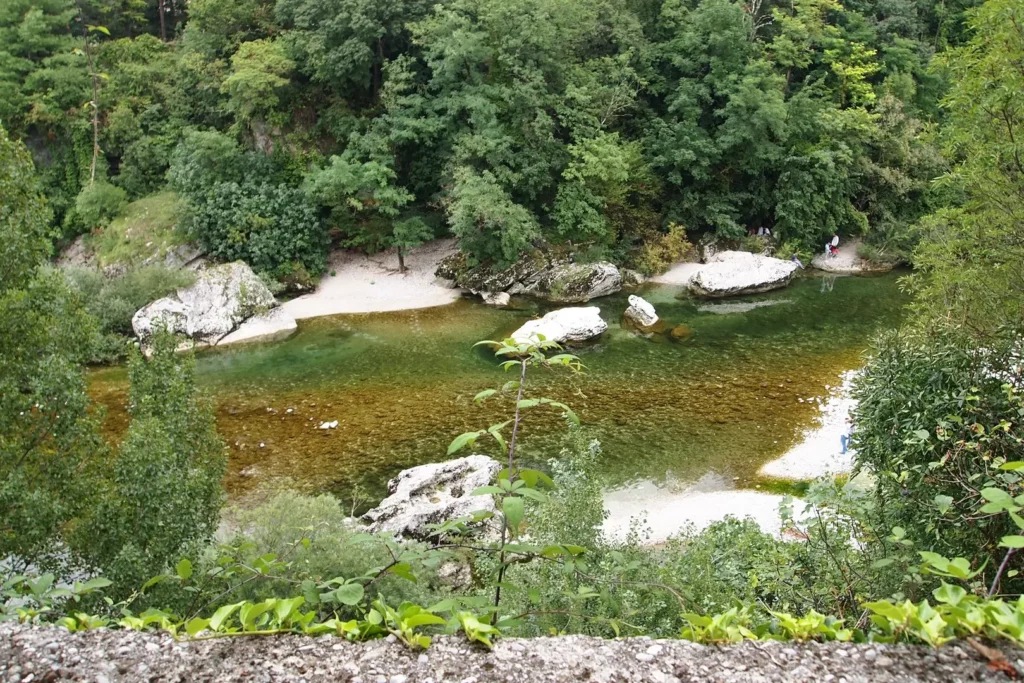
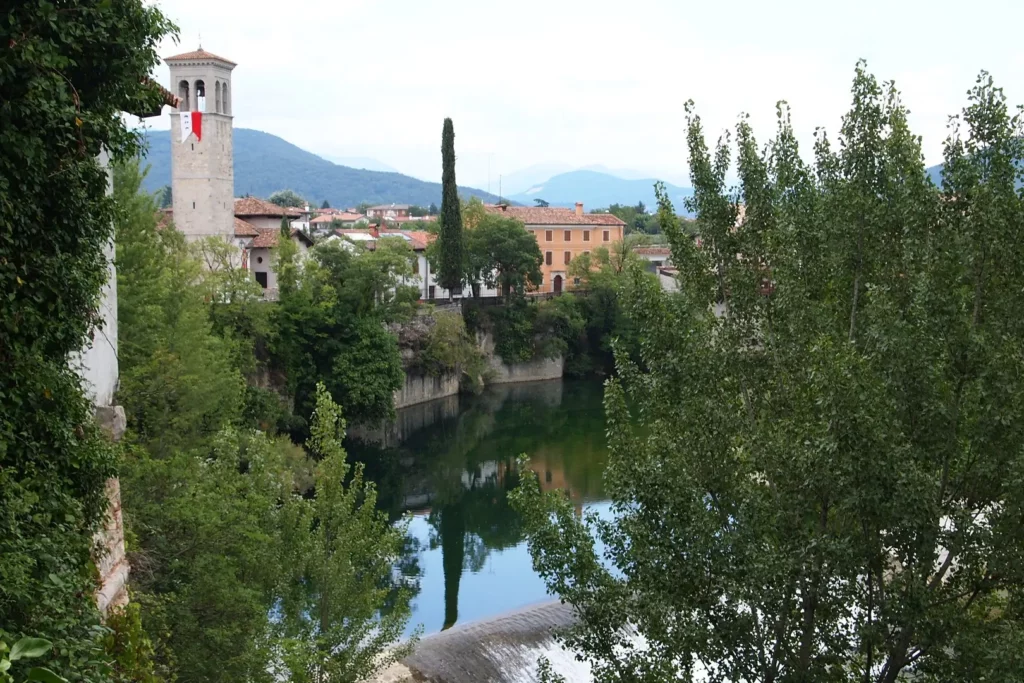

Follow me
There is one very famous bridge thrown across this river, rather trivial called a Devil’s Bridge. About him and about becoming more and more cheerful and noisy festival in the next part.
Part 2.
About Bibione and the sights in the area.
Do you enjoy the site without cookies? This means that I work for you at my own expense.
Perhaps you would like to support my work here.
Or change your cookie settings here. I don’t use personalized ads

